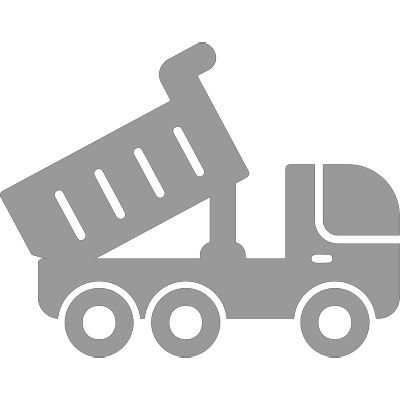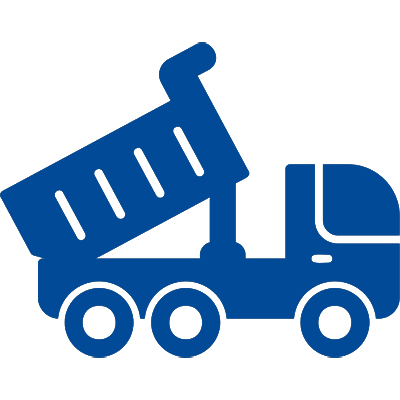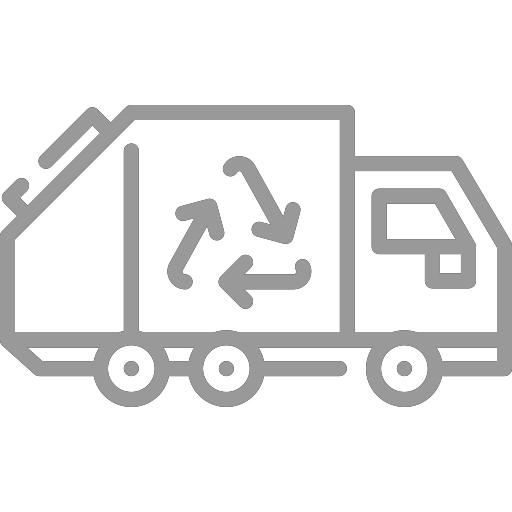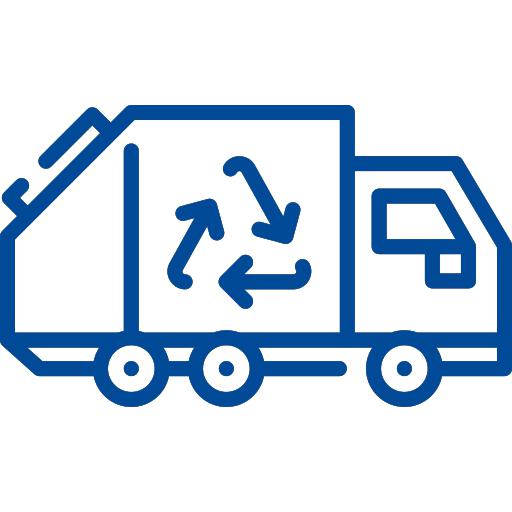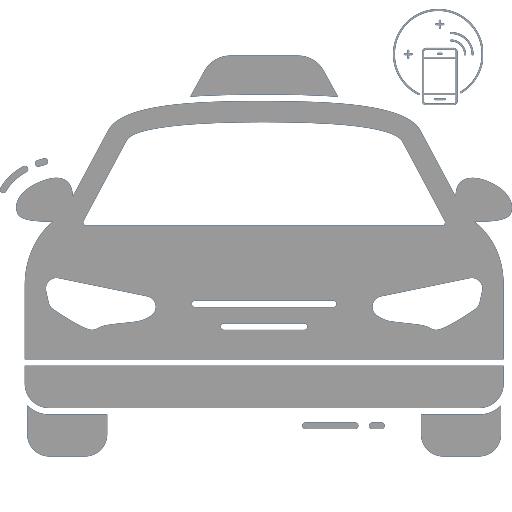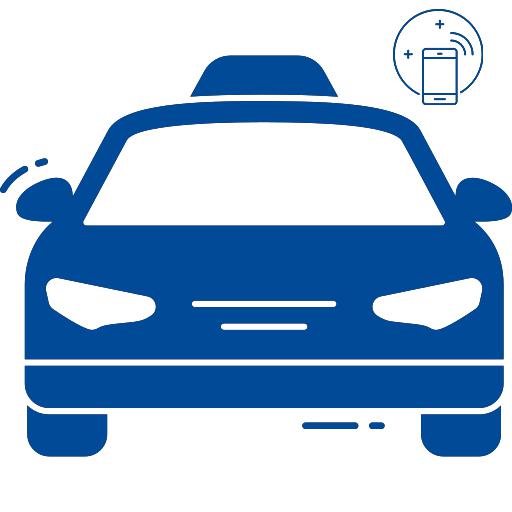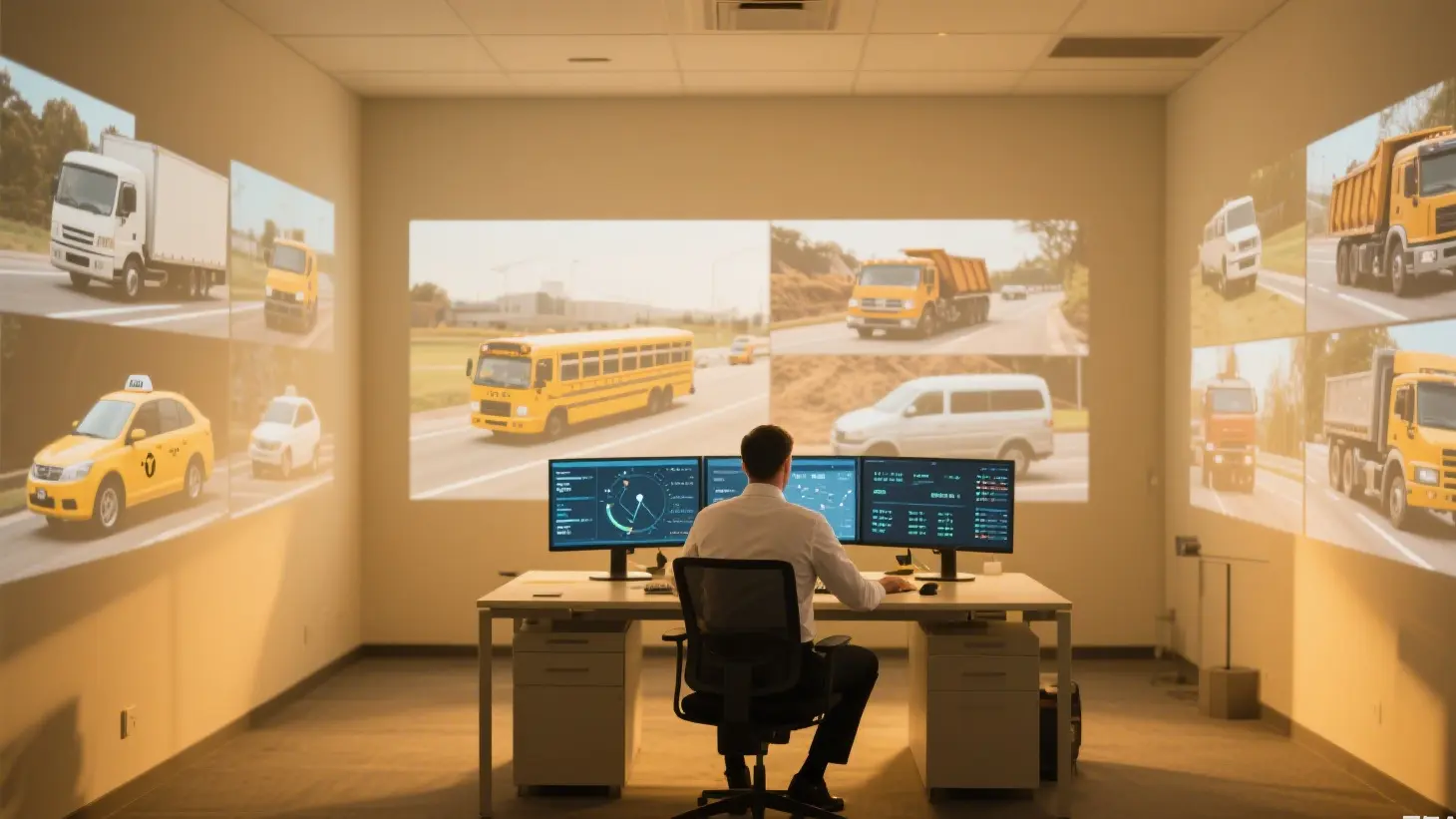Dash Cam with Cloud Storage
Live Cloud Dashcams
Reliable Dash Cam for Safer Driving
Enhance fleet safety, reduce insurance claim costs, and improve field team efficiency with YUWEI’s simple and affordable fleet dash cam system.
YUWEI Fleet Camera System
A compact yet powerful device to gather actionable insights for driving business growth.
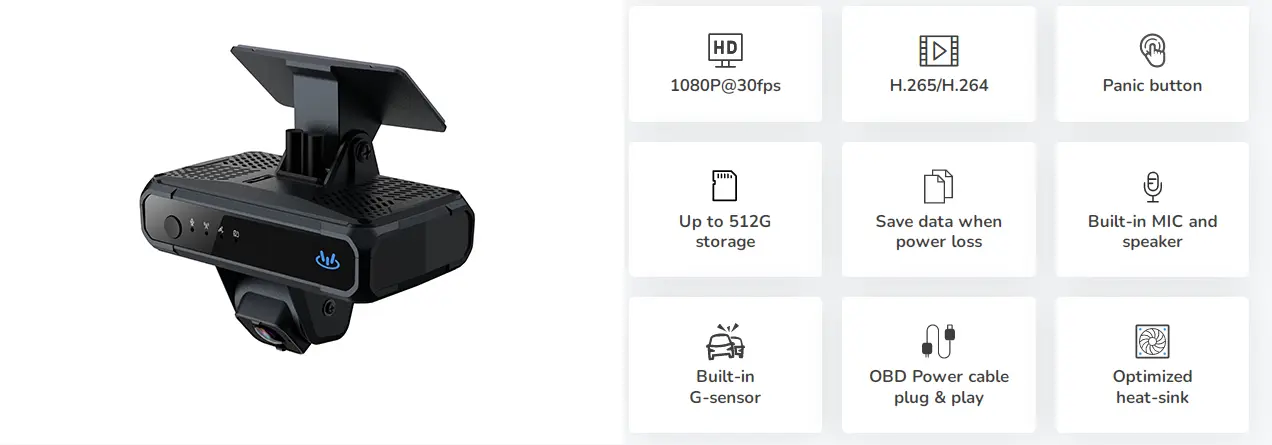
Key Features:
- Immediate Accident Alerts: Receive real-time safety alerts and video evidence through cloud connectivity.
- GPS Tracking and Trip History: Monitor vehicle locations and access trip reports.
- Custom Alerts: Ensure seamless business operations.
How Connected Fleet Dash Cams Wor
Connected dash cams use cellular networks to upload video, GPS, and telematics data to the cloud platform.
Key Steps:
1. Trigger Event (G-Force or telematics data).
2. Video and data are uploaded via cellular connection.
3. Instant notifications are sent via email or the SureCare platform.
Benefits: View high-quality video and access complete contextual information within seconds of an incident.
Fleet Camera System Benefits
1. Instant Visibility:
- Understand the full context of any incident and monitor road conditions.
2. Lower Claim Costs:
- Provide irrefutable evidence of liability to insurers.
3. Real-Time Support:
- Locate teams and provide remote assistance.
4. Driver Accountability:
- Improve driving behavior with video evidence.
5. Vehicle Tracking:
- Track vehicle locations and trips in real-time.
6. Enhanced Customer Service:
- Verify service delivery and resolve complaints.
7. Increased Productivity:
- Ensure team compliance with schedules using reliable tracking and video data.
Fleet Camera System Features
- GPS Tracking: Monitor vehicle locations at any time.
- Cloud Connectivity: Access real-time, historical, and incident videos from any device.
- Live Streaming: Optional live video streaming for real-time monitoring.
- Trip History: Record and review daily vehicle activities comprehensively.
- Safety Scoring: Use telematics data to identify safe drivers and those needing coaching.
- Instant Alerts: Receive critical safety, management, and maintenance alerts in real time.
- Speeding Data: Monitor and enforce speed policies with overspeed alerts.
- Driver Identification: Seamlessly track driver performance across trips and vehicles.
Why Choose Connected Dash Cams?
Businesses prefer connected dash cams over standard models due to:
- Convenience: Automated alerts and video access without driver intervention.
- ROI: Improved safety and streamlined management.
Compatibility and Flexibility
The YUWEI system supports a variety of vehicles:
- Commercial Vehicles: Light and heavy trucks, vans, etc.
- Specialty Vehicles: Concrete mixers, dump trucks, buses, and more.
- Electric Vehicles: Fully compatible with modern EVs.
Sensitivity can be remotely adjusted to suit different vehicle types.
Accessing YUWEI Video
YUWEI ensures easy access to video content:
- Quickly preview and download videos of interest via the online platform on any computer or mobile device.
- Simplify fleet management while enhancing safety and efficiency.
Explore YUWEI’s fleet dash cam system today to unlock its potential for your business.
Email:hello@yuweitek.com















